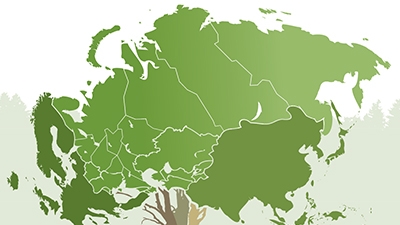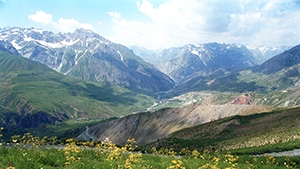Eurasia is one of the most natural resource-rich regions in the world, with 31 percent of its proven natural gas reserves, 17 percent of oil reserves, 23 percent of iron ore, 14 percent of gold, and 7 percent of copper. Endowed with such a vast quantity, the region has been able to benefit enormously from the export of natural resources, particularly during periods of high commodity prices.
Russia has the largest share of oil, gas, mineral reserves, and agricultural land in the region, and is the biggest hydrocarbon exporter. Azerbaijan, Kazakhstan, Turkmenistan, Ukraine, and Uzbekistan, are also resource-rich and hydrocarbon exporters, while Armenia, Belarus, Georgia, Kyrgyz Republic, Moldova, and Tajikistan are less resource-abundant.
The countries of Eurasia have made remarkable progress since the collapse of the Soviet Union a quarter of a century ago. The transition from communism to market-based economies during the 1990s had been a severely difficult period, with much of the institutional capital of the former republics of the Soviet Union practically wiped out. In addition, their greatest asset – natural resources – had not yet generated large export revenues because additional supplies on global markets initially pushed prices down. This would soon change, however.
At the beginning of the new millennium, the prices of commodities on global markets increased dramatically, chief among them fuels, food, metals, and agricultural raw materials. In 1989, oil prices had been below $30 a barrel, sinking further in 1999 to $15 a barrel, but by mid-2008, prices had reached $130 a barrel, falling temporarily during the financial crisis, and then rising again to above $100 a barrel.
Throughout the 2000s, the surge in commodity prices, especially for oil, brought substantial income to Eurasia and consequently much improvement to the living standards of most Eurasian citizens, particularly the 250 million people in the six resource-rich countries. Per capita incomes increased, social services were restored and pensions paid, education attainment levels rose, life-expectancy increased, and poverty was significantly reduced.



